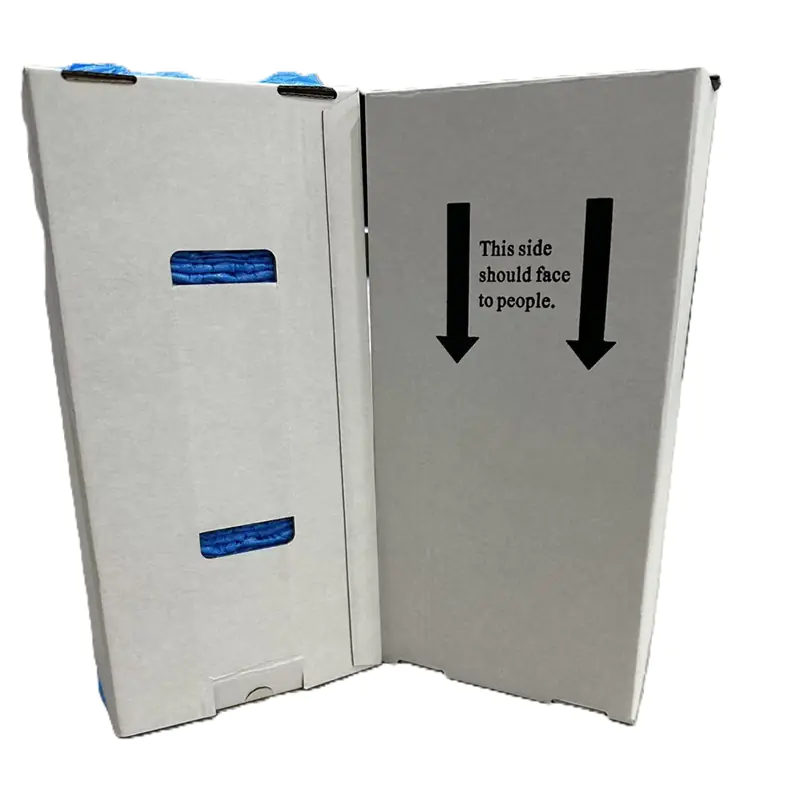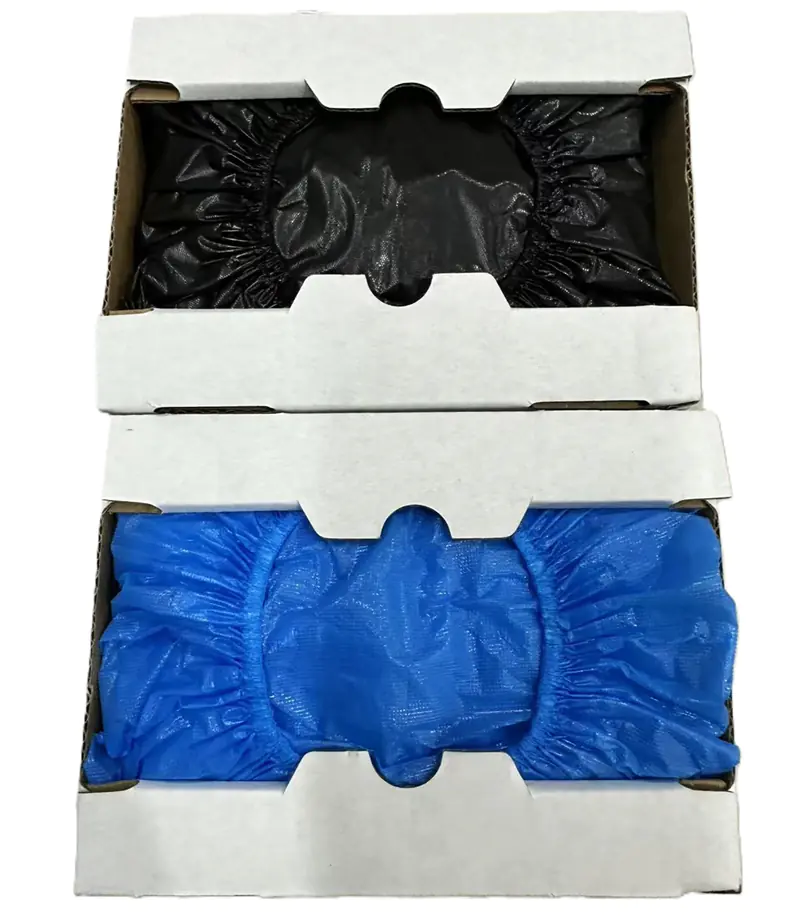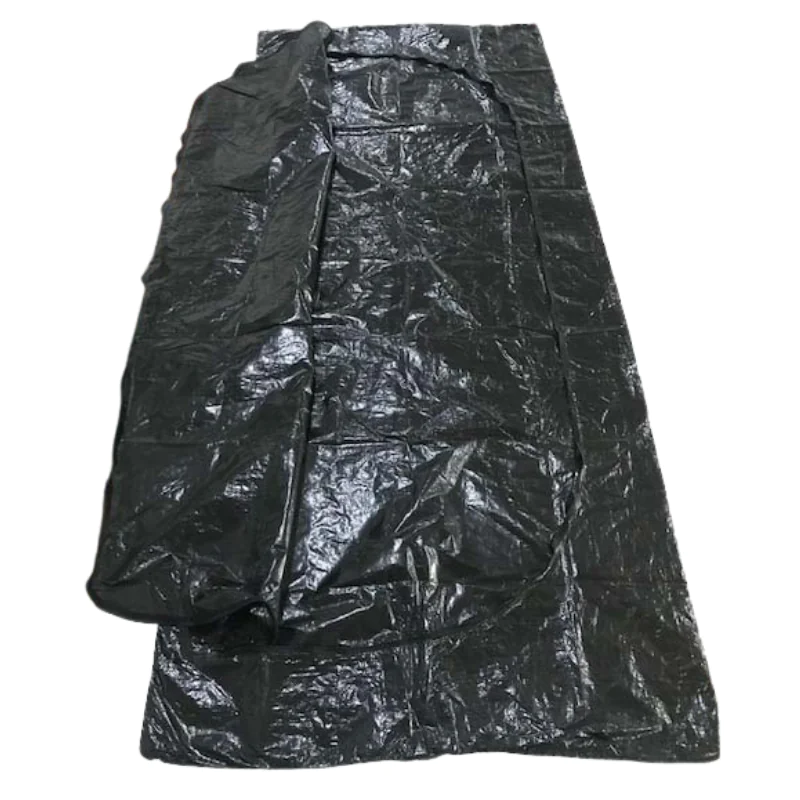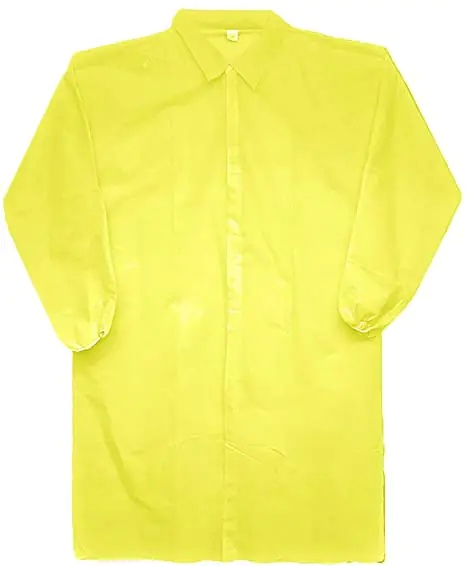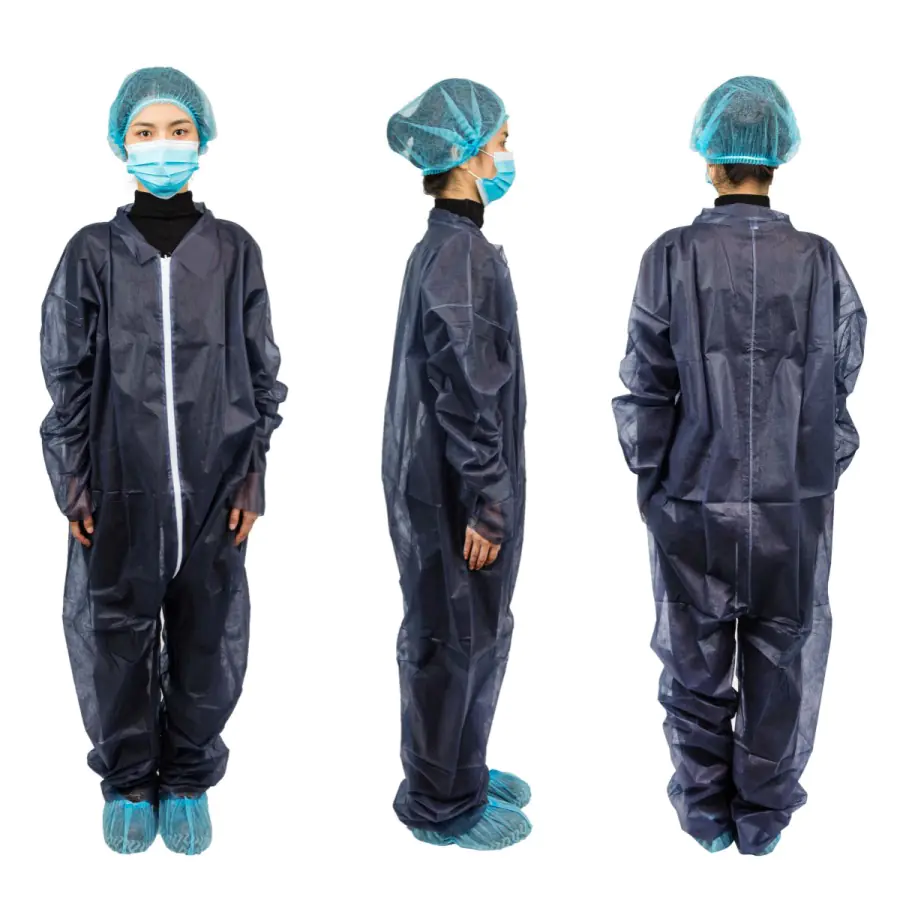Chemical coveralls, also known as disposable coveralls, are essential chemical protective garments for workers who are exposed to hazardous chemicals, liquids, and hazardous substances. These coveralls are made of materials that are chemical-resistant with an attached hood and provide a barrier between the worker and the hazardous substances they are handling. They are usually with boots or no boots, elastic ankles, or open ankles, they don’t have attached socks.
This article is to explain the importance of disposable coveralls in protecting against chemical exposure.
The article will outline the benefits of using chemical coveralls and the benefits of using disposable coveralls in bulk.
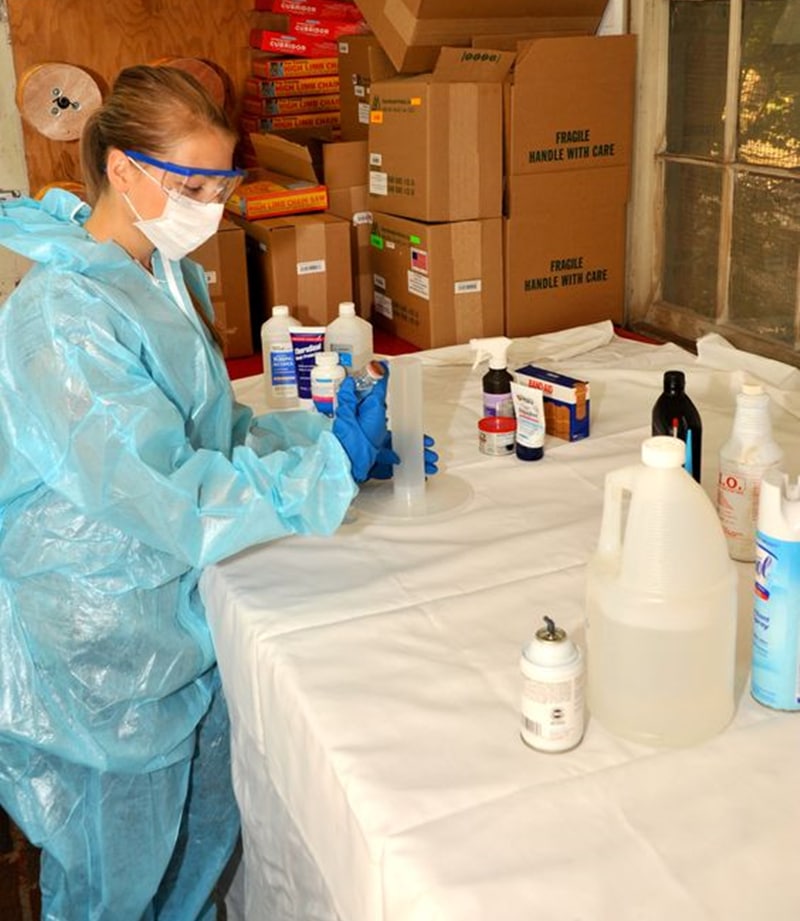
Chemical Exposure Risks
Chemical hazards refer to the potential danger posed by chemicals, including both hazardous substances and hazardous products. Chemical hazards can be found in many different forms, including liquids, gases, fumes, dry particulates, particles, and dust. They can come from a variety of sources, including industrial processes, transportation incidents, and consumer products.
Chemical hazards can cause a range of adverse effects, including skin irritation, respiratory problems, and serious illnesses such as cancer. It is important to understand the potential risks associated with chemical exposure and to take steps to protect yourself and others from these hazards, including the use of appropriate protective gear such as disposable coveralls.

The Risks of Chemical Exposure in the Workplace
Chemical exposure in the workplace poses serious risks to workers and can lead to a variety of health problems, including skin irritation, respiratory issues, and even long-term health problems such as cancer or nerve damage. Some chemicals can be toxic, causing immediate harm to workers, while others may be chronic and have long-term health effects.
Workers can be exposed to chemicals through inhalation, ingestion, skin contact, or eye contact, making it important for employers to provide proper protective equipment, including chemical coveralls, to help reduce the risk of exposure and protect workers.

Benefits of Disposable Coveralls
Barriers against Chemical Hazards
The purpose of barrier protection, such as disposable coveralls, is to provide a barrier against hazardous chemicals. These coveralls are made of materials that are resistant to chemicals and provide a barrier between the skin and the hazardous substance.
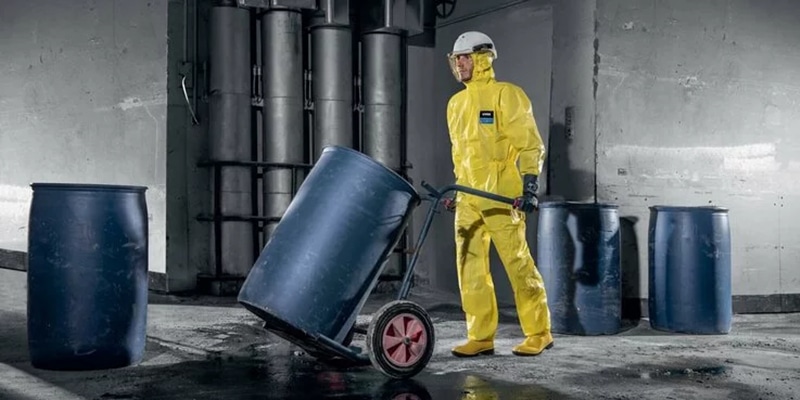
Disposable coveralls are essential for workers who are exposed to chemicals, as they prevent direct skin contact and minimize the risk of chemical exposure. This protective gear helps to reduce the risk of serious health problems and other consequences associated with chemical exposure in the workplace.

Reduction of Contamination and Injury Risks
The use of disposable coveralls can help to reduce the risk of contamination and injury in the workplace. When working with hazardous chemicals, it is important to wear protective gear that is specifically designed to provide a barrier against these chemicals.

Disposable coveralls are made of materials that are resistant to chemicals and provide a barrier between the worker’s skin and the chemical. This helps to prevent skin irritation, chemical absorption, and other health effects that may result from direct contact with hazardous chemicals. By reducing the risk of contamination and injury, disposable coveralls help to keep workers safe and healthy, which can improve their productivity and well-being.

Improved Worker Safety and Comfort
Worker safety and comfort are important factors to consider when it comes to chemical hazards in the workplace. Chemical exposure can result in serious health problems and it is important to protect workers from this risk. Disposable coveralls provide a barrier between the worker and the hazardous chemicals, reducing the risk of contamination and injury.
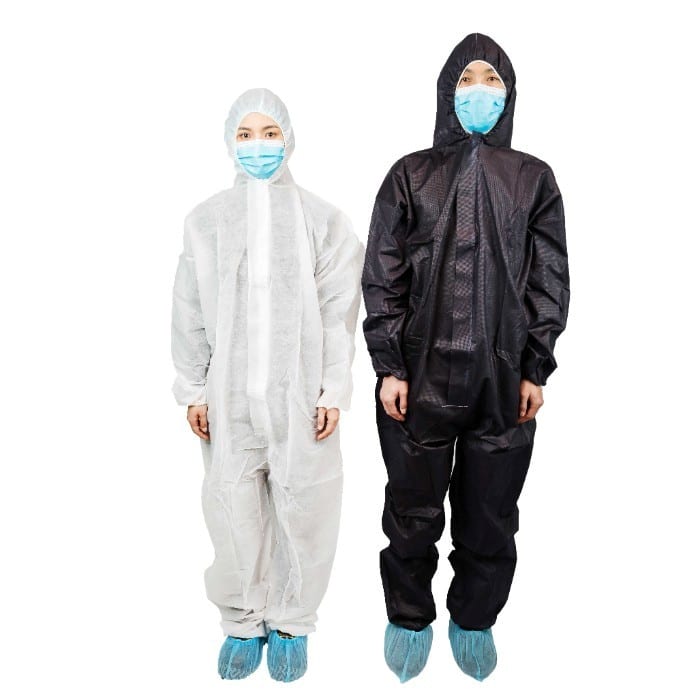
Improved safety and comfort also help to increase worker productivity and morale, as workers can perform their duties without worrying about exposure to hazardous chemicals. By investing in high-quality disposable coveralls, companies can ensure the safety of their workers and minimize the risks associated with chemical exposure in the workplace.
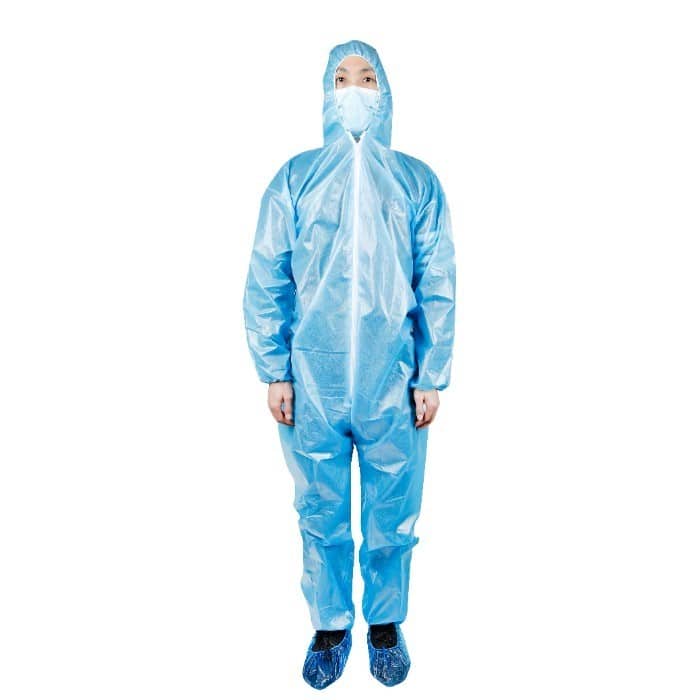
Selection and use of Disposable Chemical Coveralls
Key factors in choosing chemical coverall: Material and Durability; Comfort and Fit; Breathability
When choosing a chemical coverall, it’s important to consider the material and durability to ensure it provides adequate protection against the specific chemicals being handled. Comfort and fit are also crucial factors, as a well-fitting coverall that allows for ease of movement can help to reduce fatigue and improve worker comfort. Breathability is another key consideration, as a coverall that allows for airflow can help to prevent overheating and reduce the risk of skin irritation.

General guidelines for the use of the disposable coverall
Select the right type
You should choose a coverall for the specific chemical hazard.
Properly size
The coverall ensures a comfortable fit and maximum protection.
Following the manufacturer’s instructions
Including any precautions for putting on and taking off the coverall.
Regularly inspect
You need to check out the coverall for any signs of damage or tear.
Discard
You should discard the coverall after use or if it becomes damaged.
Storing
Please remember to store coveralls in a clean, dry location until ready for use.

Wear additional personal protective equipment
Such as gloves, face masks, and eye protection, as needed.
It’s important to note that disposable coveralls should only be used for single use and should not be reused. This helps to reduce the risk of contamination and the spread of hazardous materials.
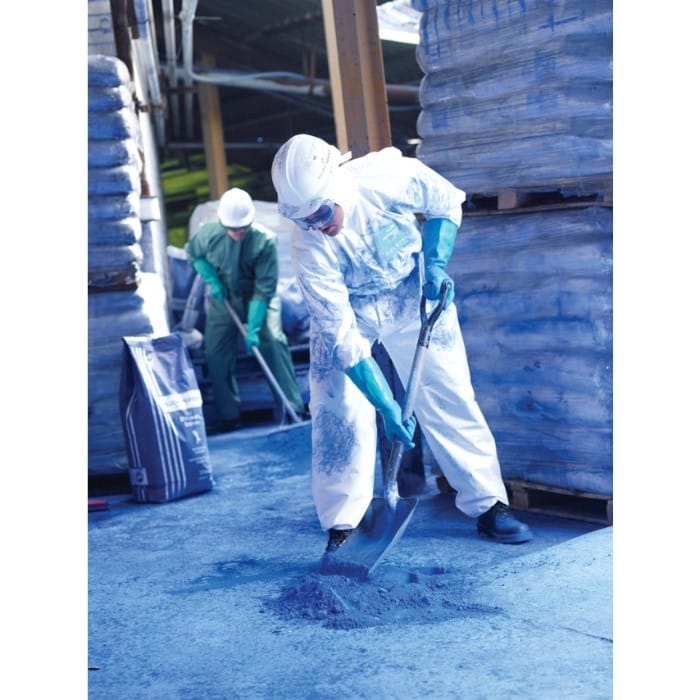
With all that said, you will discover chemical coveralls are important because they prevent skin exposure to hazardous chemicals, which can lead to serious health problems such as skin irritation, chemical burns, fire, and even death in severe cases. In addition, chemical coveralls help to prevent the spread of hazardous chemicals to other areas, which can protect the environment and prevent contamination of other workers, equipment, and surfaces.
When choosing a disposable coverall, key factors to consider include material and durability, comfort and fit, and breathability. It’s important to follow general guidelines for the use of disposable coveralls, such as wearing them properly and disposing of them properly after use. By doing so, workers can be protected against chemical exposure and companies can ensure a safer work environment.



